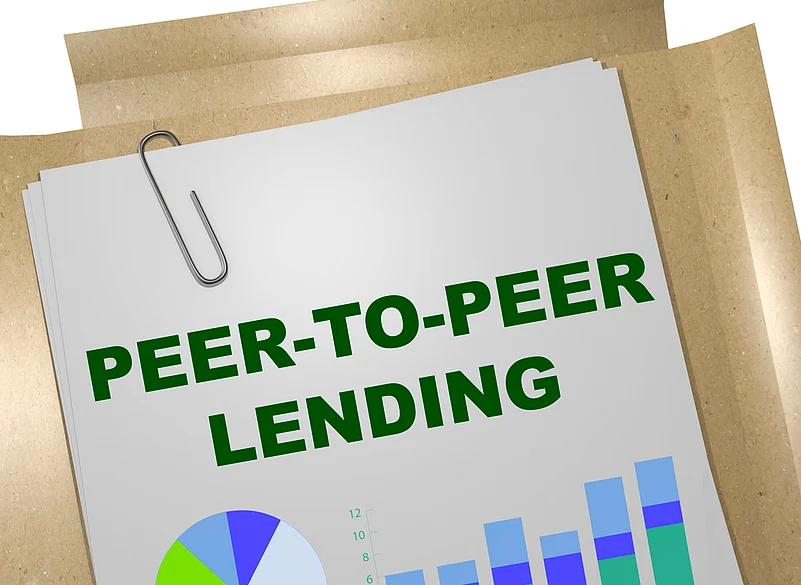In recent years, Indian investors have become savvier and are looking to diversify their portfolio across multiple financial and non-financial asset classes to optimise maximum returns. The investors exploring avenues for wealth creation and inflation-beating returns more often than not turned to mutual funds. Undoubtedly, the credit is due to Association of Mutual Funds in India (AMFI) that has been working relentlessly for over a decade to educate retail investors about the dynamics of mutual fund industry and the asset class itself.
Unlike the mutual fund industry, Peer-2-Peer Lending or P2P Lending is a relatively new alternative asset class growing globally, but offers as much diversity and choice. The concept in itself is not new, however, its potential and reach has increased dramatically thanks to digital push and technological upgrade to traditional lending models.
Advertisement
While on the surface, P2P Lending platforms may appear limited in choice of investment offered, however, upon a closer examination it exhibits diversity and choice segregation in-built in the model. Hence, there are multiple different opportunities to invest in individual loans such as home improvement loans, car loans, debt consolidation loans or education loans.
A direct apple-to-apple comparison of P2P Lending with Mutual Funds would in itself be insipid and amateurish. This is because mutual funds returns’ can vary hugely based upon the asset class they’re invested in and macroeconomic conditions. In fact, for many mutual funds a very good average long-term performance is marred by hugely contrasting year-on-year performance. More conservative mutual funds such as debt-funds and liquid funds are expected to have a more predictable performance arc than growth-focused funds.
Advertisement
Recently the Sebi scanner has tightened on liquid and debt funds amid investor concerns on high exposure held by them in troubled companies such as DHFL, ILFS and Essel Group. The Mutual Fund Advisory Committee (MFAC) of the Sebi this month has indicated that liquid funds may have to limit their exposure to NBFCs and HFCs soon, albeit in a phase manner.
The Sebi proposal is to reduce funds’ exposure from the current 25% to NBFCs and 15% to housing finance companies to 20% and 10% respectively. The refusal by banks to lend further to NBFCs has triggered a panic as the repayment nears for liquid funds which have bought their debt papers. This, in particular, adversely impacts multitude of retail investors who have exposure to such liquid funds and stand to lose significantly in relatively less risky asset class. Currently, mutual funds have an aggregate Rs. 3.2 trillion exposure to NBFCs and HFCs.
Given this scenario, P2P Lending offers improved overall risk assessment of borrowers to the P2P Lenders. The P2P lender or investor is aware of the credit risk associated with personal loans lent to borrowers. All data points assessing the strengths and risks associated with any profile are clearly stated and no investor can take 100% exposure on any borrower. The mechanism of multiple lenders funding even small loans up to Rs 1Lakh offers ample diversification opportunity. Further, P2P lenders can still earn returns up to 25% on their Asset-under-Management (AUM).
The investors can use this opportunity to diversify their risk from crisis-ridden debt and liquid mutual funds to explore alternative asset classes. P2P Lending mechanism enables retail investors to have more say in the type and quantum of risk exposure associated with their investments. After the tight regulation of the P2P industry by the Reserve Bank of India, retail investors can now allocate a part of their portfolio not exceeding Rs.10 lakh to P2P Lending depending upon their risk tolerance, expected returns and investment horizon. The earnings are more predictable and less volatile with the chance to compound returns on a monthly basis. In conclusion, as an investor the financial goal should be diversify in an array of investment products to minimise risk and improve returns.
Advertisement
The author is the Co-Founder and Director at IndiaMoneyMart















 Just one email a week
Just one email a week